The Simulation of the Dye-Transfer Process
Nov 21, 2020 12:11:17 #
My inspiration for this was born years ago upon seeing photographs by William Eggleston and Eliot Porter. They used the dye transfer process to produce stunning color photographs. The dye transfer process essentially takes three black and white photographs simultaneously using red, green, and blue filters. These negatives are then registered and combined to produce a color photograph.
My intent was to simulate that process through the use of Ps instead. I lacked a blue filter, it's on order and expected to arrive Nov. 24. So, as a proof of concept, I used photographs I'd taken with digital cameras. So, after researching the nuances of the Channels Layer it was time to give this a try. It would seem the secret to the process was not opening photographs in Ps but instead creating a photograph using the color channels instead.
I used minimal processing, entirely done in ACR to produce as close to a properly exposed photograph as I could. That "SOOC" photograph would be the basis for any further process related work.
I used a color to black and white conversion process that would produce a photograph as if it were taken through a colored filter. This conversion was done three times to simulate the use of the red, green, and blue filters. Instead of opening the photographs conventionally, I copied each to its respective color channel of a New photograph created in Ps. Thus producing a color image. The results are interesting enough to pursue this further.
I'm hoping for similar results when using film and filters. Stay tuned.
--Bob
My intent was to simulate that process through the use of Ps instead. I lacked a blue filter, it's on order and expected to arrive Nov. 24. So, as a proof of concept, I used photographs I'd taken with digital cameras. So, after researching the nuances of the Channels Layer it was time to give this a try. It would seem the secret to the process was not opening photographs in Ps but instead creating a photograph using the color channels instead.
I used minimal processing, entirely done in ACR to produce as close to a properly exposed photograph as I could. That "SOOC" photograph would be the basis for any further process related work.
I used a color to black and white conversion process that would produce a photograph as if it were taken through a colored filter. This conversion was done three times to simulate the use of the red, green, and blue filters. Instead of opening the photographs conventionally, I copied each to its respective color channel of a New photograph created in Ps. Thus producing a color image. The results are interesting enough to pursue this further.
I'm hoping for similar results when using film and filters. Stay tuned.
--Bob
"SOOC"
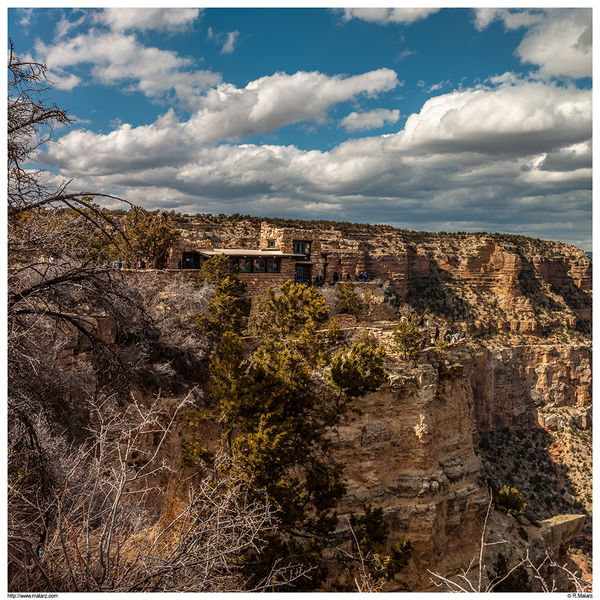
(Download)
Red Filter
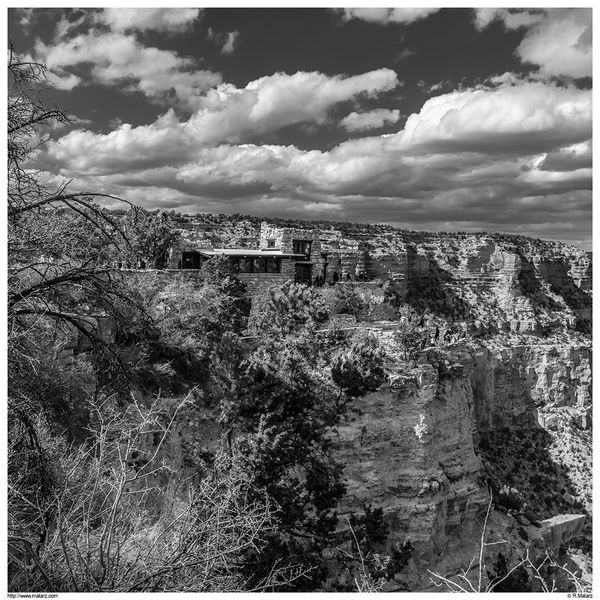
(Download)
Green Filter
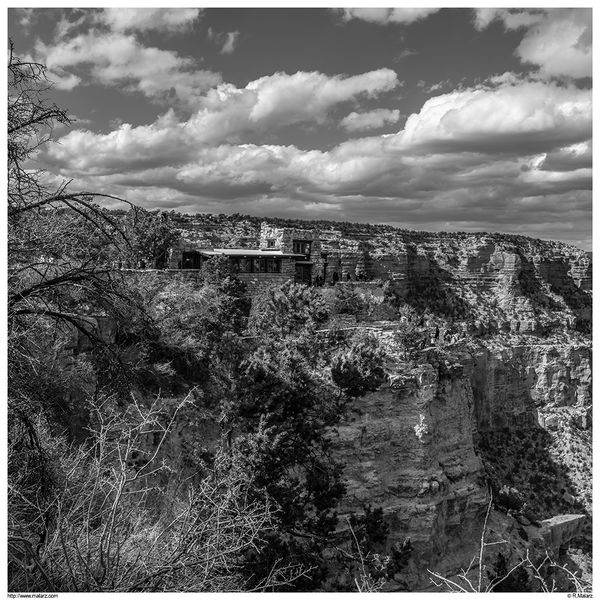
(Download)
Blue Filter
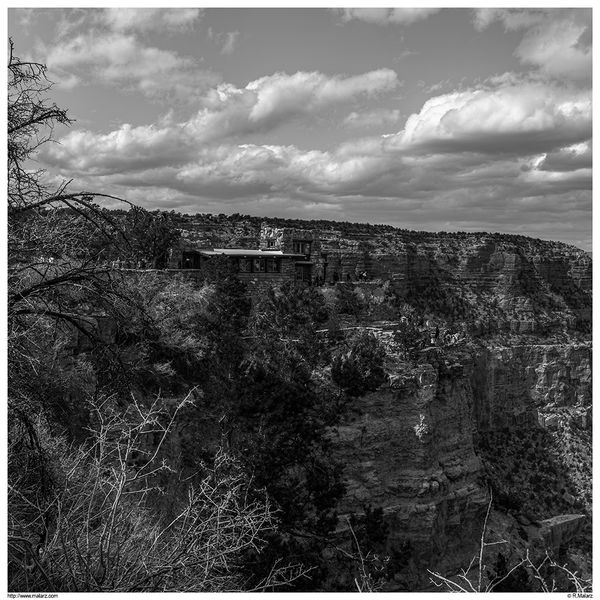
(Download)
Dye-Transfer Simulation
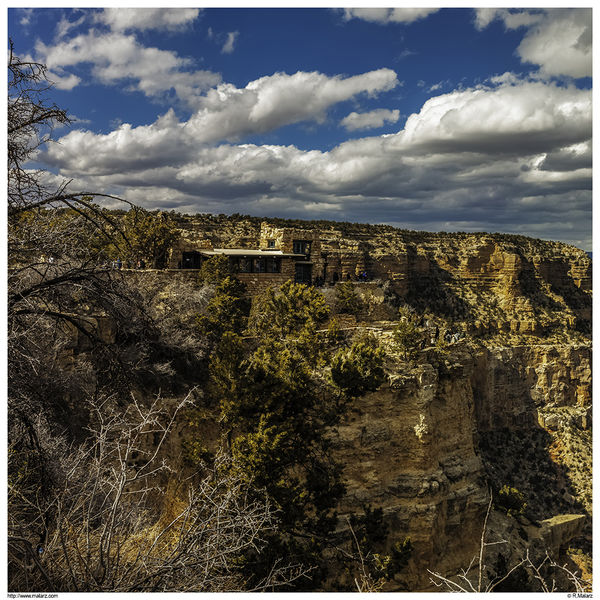
(Download)
"SOOC"
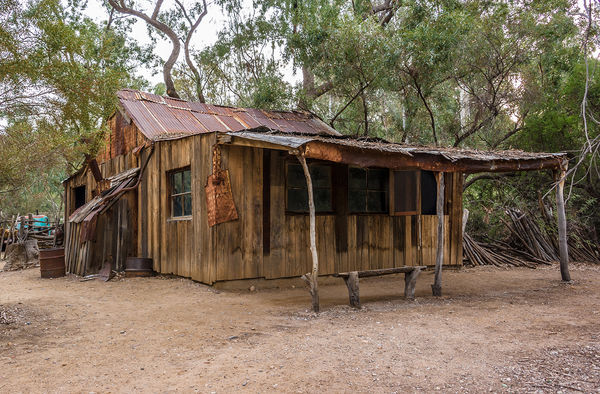
(Download)
Red Filter
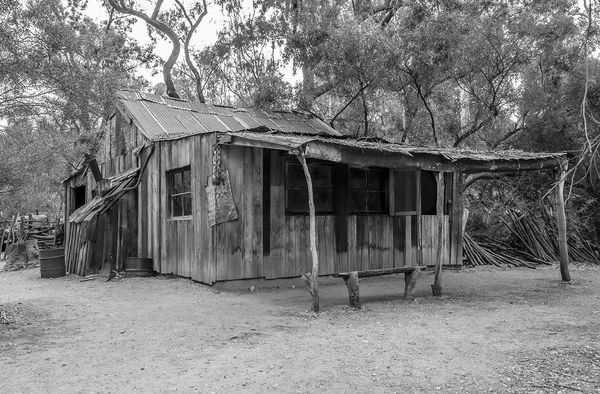
(Download)
Green Filter
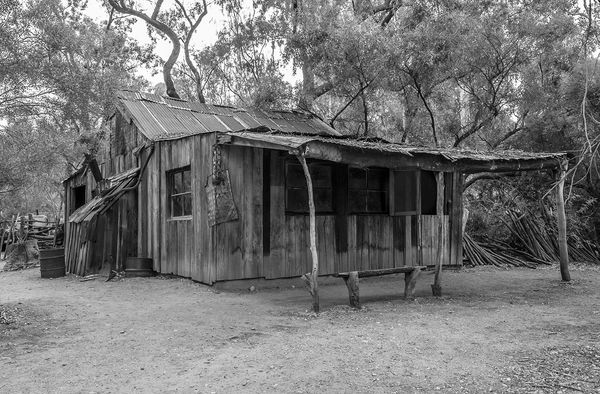
(Download)
Blue Filter
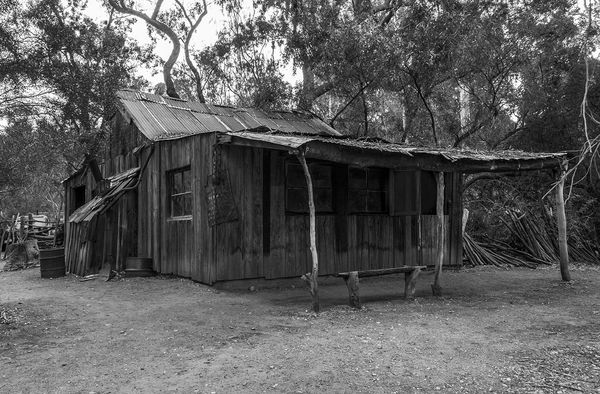
(Download)
Dye-Transfer Simulation
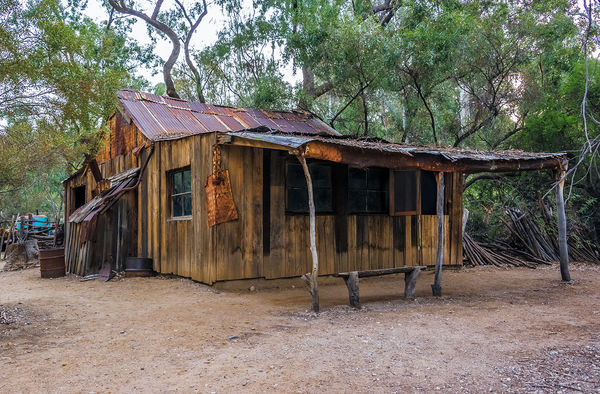
(Download)
Nov 21, 2020 12:19:48 #
That is very interesting, Bob. When I used to do my own black & white film developing and wishing I could afford to do color, I never knew this idea existed. I did have all the wherewithal to do so. oh, well.
Nov 21, 2020 12:21:06 #
Nov 21, 2020 12:26:45 #
Interesting process and attractive effect. The result looks a little antique for the old wooden structure (a flattering view) and seems to call for lifting the mid-tones (at least on my monitor). I understand your approach conceptually. I may give it a try.
rmalarz wrote:
My inspiration for this was born years ago upon se... (show quote)
Nov 21, 2020 12:28:36 #
Nov 21, 2020 12:31:54 #
Thanks for checking this out and commenting, tainkc. Although I still work with film, I'm not going to attempt to do the actual dye-transfer process. It's laborious to say the least. However, once the blue filter arrives, I'm going to be using this with my 4x5 and hoping for similar results using a scanner and Ps.
--Bob
--Bob
tainkc wrote:
That is very interesting, Bob. When I used to do my own black & white film developing and wishing I could afford to do color, I never knew this idea existed. I did have all the wherewithal to do so. oh, well.
Nov 21, 2020 12:32:26 #
That was my initial thought, as well. However, I think the reality of the scene is more in line with the photograph. Though some adjustments can be done, I preferred to leave them as they came out of the process for this experiment. Thanks for checking this out and commenting.
--Bob
--Bob
Longshadow wrote:
The shack looks great, but the scenic looks greener.
Nov 21, 2020 12:34:33 #
Thanks for looking in and commenting. Since this was only a proof of concept, I didn't do much tweaking. Doing this with film is next. Then, the decision of when and in what part of the process do I adjust things.
--Bob
--Bob
anotherview wrote:
Interesting process and attractive effect. The result looks a little antique for the old wooden structure (a flattering view) and seems to call for lifting the mid-tones (at least on my monitor). I understand your approach conceptually. I may give it a try.
Nov 21, 2020 12:35:20 #
Thanks, DocDav. It might, but at the moment, I'm pretty pleased with the results.
--Bob
--Bob
DocDav wrote:
May take some tweaking but damned nice.
Nov 21, 2020 13:03:59 #
I did the dye transfer thing back in the 1980s
I started into it when some of my corporate and government accounts began using more photography, rather than oil paintings for portraits of senior politicians, corporate CEO, founders, retirements etc.- budget issues. Problem was, they were worried about the fading of colour prints over the long term,
At the time, I inquired of Kodak, as they were the provider of all the supplies and equipment in the dye-transfer process. They intimated that the dyes in the dye-transfer transfer process were a bit more stable than those in the type-c colour negatives and paper but were still subject o fading, especially from UV light, however, the archival value was in the matrix negatives, essentially black and white, that could be stored away and used in future reproduction if the original prints were to fade. The dyes in colour negative and transparencies were not as stable and could even deteriorate in dark storage if not processed exactly according to specifications. I relayed this information to the clients but nonetheless, they insisted on dye-transfer prints.
So, I began to purchase the gear to make dye transfer prints- at first in smaller sizes and outsources the large prints to Gittings and Misel Photochrome- these labs were offering the service at the time.
At that time, the quality was visibly superior to C- prints both in dynamic range and colour saturation- that was 1983. Later on, with the improvement in colour negative emulsions and papers, the C prints were close runners-up. Of course, in the dye-transfer process, we could change colours of clothing etc., but were never called upon to do that.
I eventually geared up to be able to produce dye transfer prints up to 30x40. So...a set of negatives were kept by the National Archives and I kept the ones for private corporations. Problem is, the process and most of the materials are no longer commercially available and reproduction would be impossible. The original prints that I made and are mostly still on display and are intact.
Back in the day, I charged $6,000 for a 30x40 dye-transfer print. Even at that rate, the work was painstaking and time-consuming. At the time, a good realistic oil portrait by a well-known artist cost tens of thousands of dollars so they paid my price.
Although the canvas mount process of the day would reduce the dye stability. because the adhesives and materials no deemed archival and the process could cause physical damage- some clients insisted on canvas mount to "match" existing oil paintings. Our recommendations were achieved mounting and farming behind conservatory glass.
I don't know how the process word translates to digital production but it certainly is an interesting experiment.
Good luck!
I started into it when some of my corporate and government accounts began using more photography, rather than oil paintings for portraits of senior politicians, corporate CEO, founders, retirements etc.- budget issues. Problem was, they were worried about the fading of colour prints over the long term,
At the time, I inquired of Kodak, as they were the provider of all the supplies and equipment in the dye-transfer process. They intimated that the dyes in the dye-transfer transfer process were a bit more stable than those in the type-c colour negatives and paper but were still subject o fading, especially from UV light, however, the archival value was in the matrix negatives, essentially black and white, that could be stored away and used in future reproduction if the original prints were to fade. The dyes in colour negative and transparencies were not as stable and could even deteriorate in dark storage if not processed exactly according to specifications. I relayed this information to the clients but nonetheless, they insisted on dye-transfer prints.
So, I began to purchase the gear to make dye transfer prints- at first in smaller sizes and outsources the large prints to Gittings and Misel Photochrome- these labs were offering the service at the time.
At that time, the quality was visibly superior to C- prints both in dynamic range and colour saturation- that was 1983. Later on, with the improvement in colour negative emulsions and papers, the C prints were close runners-up. Of course, in the dye-transfer process, we could change colours of clothing etc., but were never called upon to do that.
I eventually geared up to be able to produce dye transfer prints up to 30x40. So...a set of negatives were kept by the National Archives and I kept the ones for private corporations. Problem is, the process and most of the materials are no longer commercially available and reproduction would be impossible. The original prints that I made and are mostly still on display and are intact.
Back in the day, I charged $6,000 for a 30x40 dye-transfer print. Even at that rate, the work was painstaking and time-consuming. At the time, a good realistic oil portrait by a well-known artist cost tens of thousands of dollars so they paid my price.
Although the canvas mount process of the day would reduce the dye stability. because the adhesives and materials no deemed archival and the process could cause physical damage- some clients insisted on canvas mount to "match" existing oil paintings. Our recommendations were achieved mounting and farming behind conservatory glass.
I don't know how the process word translates to digital production but it certainly is an interesting experiment.
Good luck!
Nov 21, 2020 13:10:19 #
Thanks for the contribution, E.L. I always enjoy your insight and experience.
Yes, this is an interesting process in that the photo isn't loaded into Ps. The color channels are loaded and Ps makes the image from that.
--Bob
Yes, this is an interesting process in that the photo isn't loaded into Ps. The color channels are loaded and Ps makes the image from that.
--Bob
E.L.. Shapiro wrote:
I did the dye transfer thing back in the 1980s br... (show quote)
Nov 21, 2020 13:23:58 #
rmalarz wrote:
My inspiration for this was born years ago upon se... (show quote)
Bob, Creative results and processing by a pro. Thanks for sharing. Kodak way back when offered classes in Dye Transfer. Stay well and safe and keep posting your unique info.Stan
Nov 21, 2020 13:27:17 #
As always, Stan, I appreciate your stopping by and commenting.
--Bob
--Bob
PixelStan77 wrote:
Bob, Creative results and processing by a pro. Thanks for sharing. Kodak way back when offered classes in Dye Transfer. Stay well and safe and keep posting your unique info.Stan
Nov 21, 2020 13:44:45 #
You are always pushing the boundaries, Bob! Thanks for sharing your thoughts and excellent results.
Nov 21, 2020 13:51:03 #
Mike, it keeps things interesting. You're very welcome and a thank you for stopping by and commenting.
--Bob
--Bob
UTMike wrote:
You are always pushing the boundaries, Bob! Thanks for sharing your thoughts and excellent results.
If you want to reply, then register here. Registration is free and your account is created instantly, so you can post right away.






